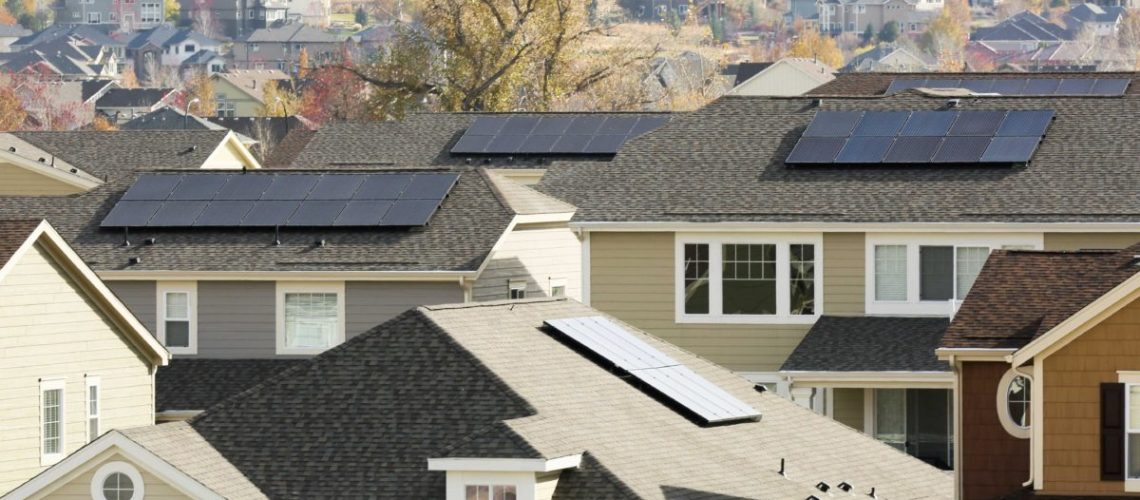As several states will soon require smart inverters for new distributed resources, and more are considering such a requirement, nearly all manufacturers will be delivering smart inverters that meet a new industry standard by August 2023, finds an analysis by the Interstate Renewable Energy Council.
States that require smart inverters for new rooftop solar can enable more rooftop installations, because smart inverters can stabilize voltage on a distribution circuit. And because smart inverters can receive communications, an aggregation of distributed storage can serve as a virtual power plant, injecting power to the grid when needed.
A handful of states already require new distributed resource installations to use smart inverters that meet a standard known as IEEE 1547-2018, once devices meeting the standard become available, and more are evaluating such a requirement. The SunSpec Alliance expects that more than 30 states will set smart inverter requirements by April 2023, based on an examination of state regulatory dockets from the past year, said SunSpec Alliance Chair Tom Tansy in an email.
Most smart inverter manufacturers will be able to provide smart inverters to project developers and distributors sometime between March and August 2023, according to an analysis from the Interstate Renewable Energy Council (IREC) authored by IREC Chief Regulatory Engineer Brian Lydic.
That’s of special interest in states where a smart inverter requirement is expected to take effect once smart inverters meeting the IEEE 1547-2018 standard become commercially available, such as Maryland, Washington, D.C., New York and Massachusetts, as noted in IREC’s analysis. (Hawaii and California already require smart inverters that meet earlier state standards, and are shifting to the IEEE 1547-2018 standard.)
IREC developed the timeline largely based on the time required to test all manufacturers’ inverters and certify them as meeting Underwriters Laboratories standard UL 1741 SB, to verify compliance with the IEEE 1547-2018 standard.
IREC considered 155 representative smart inverter models to be tested, across 30 inverter manufacturers, with each representative model representing a “family” consisting of multiple models with different power outputs.
Based on survey responses from manufacturers and nationally recognized testing laboratories, IREC determined that the likely duration of each test for a single inverter family could range from 9-12 weeks. At a 9-week average test duration, testing labs could test 85% of inverter families within 54 weeks, while a 12-week average test duration would mean testing would take 72 weeks.
After testing, 16 more weeks would be needed for a manufacturer to produce and ship the first inverters to project developers and distributors, IREC estimated.
IREC assumed that testing began in November 2021, or about a month after the latest UL 1741 SB standard was issued. Based on that testing start date, IREC estimated that 85% of manufacturers would be delivering smart inverters by the timeframe of March through August, 2023.
IREC’s analysis used industry surveys and a database of smart inverters available from the California Energy Commission (CEC). IREC expects that the database, which can be downloaded to show a data column for UL 1741 SB certification, “should provide good data on the number of certified models” as the CEC updates the list based on information provided by manufacturers.



